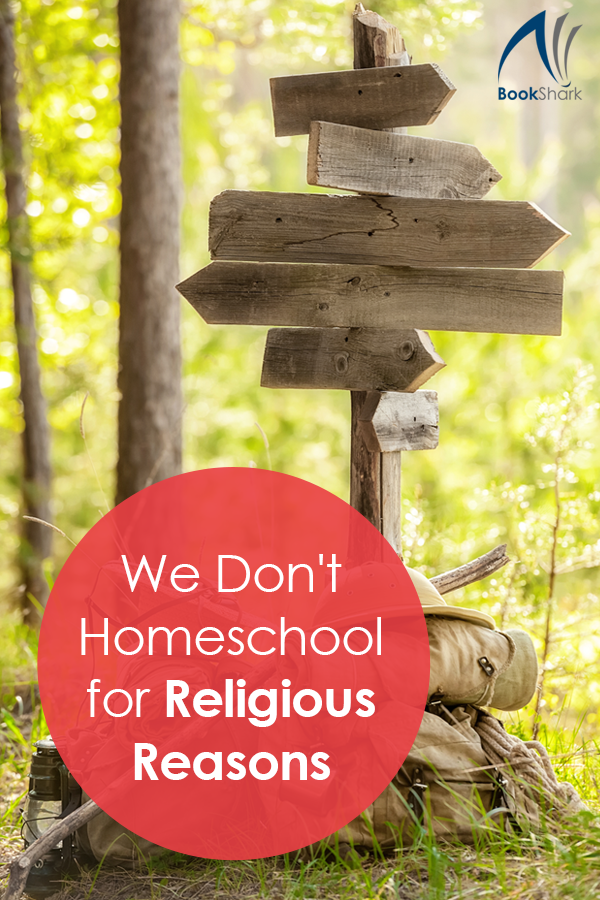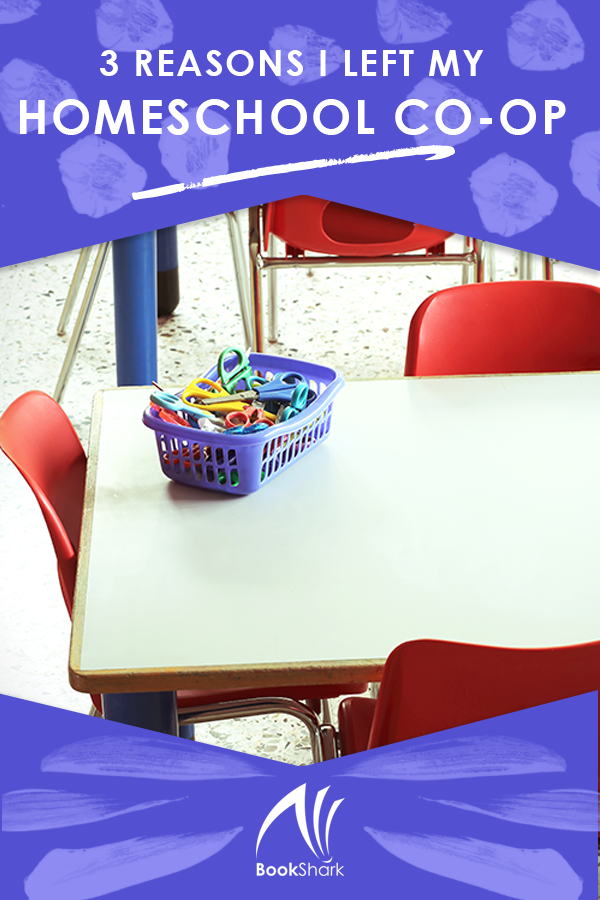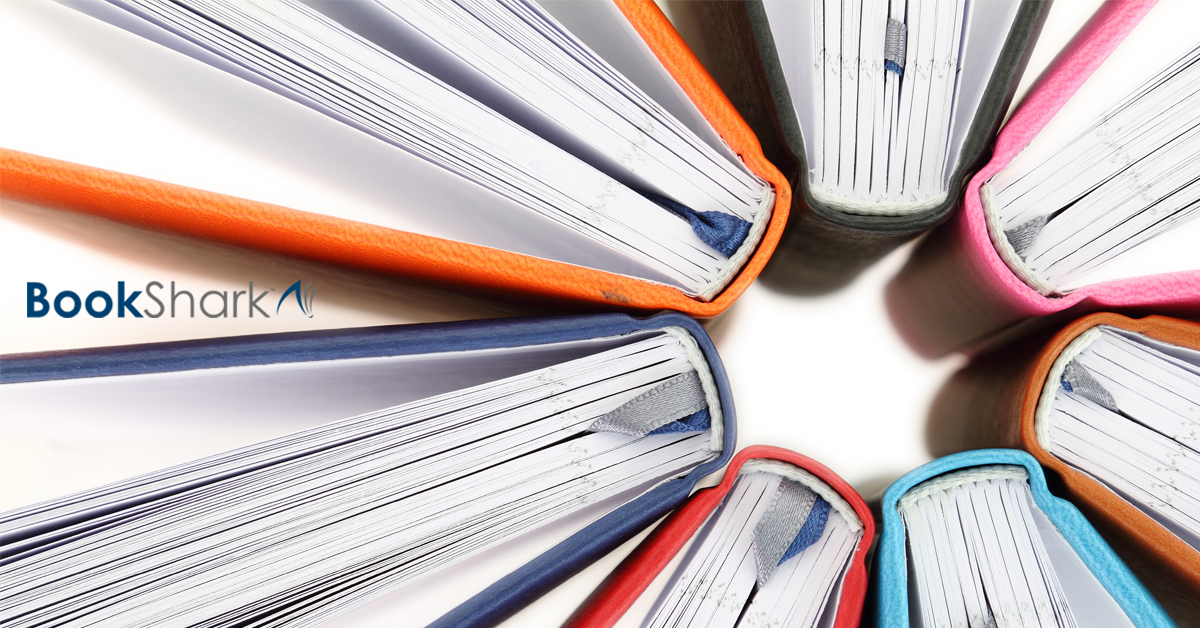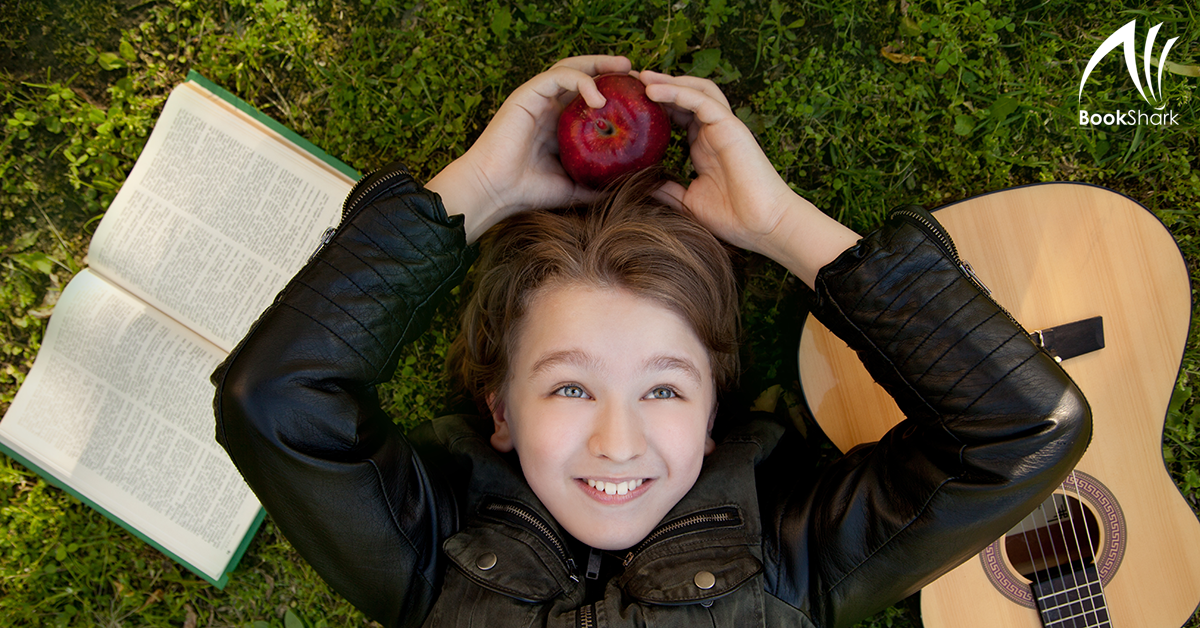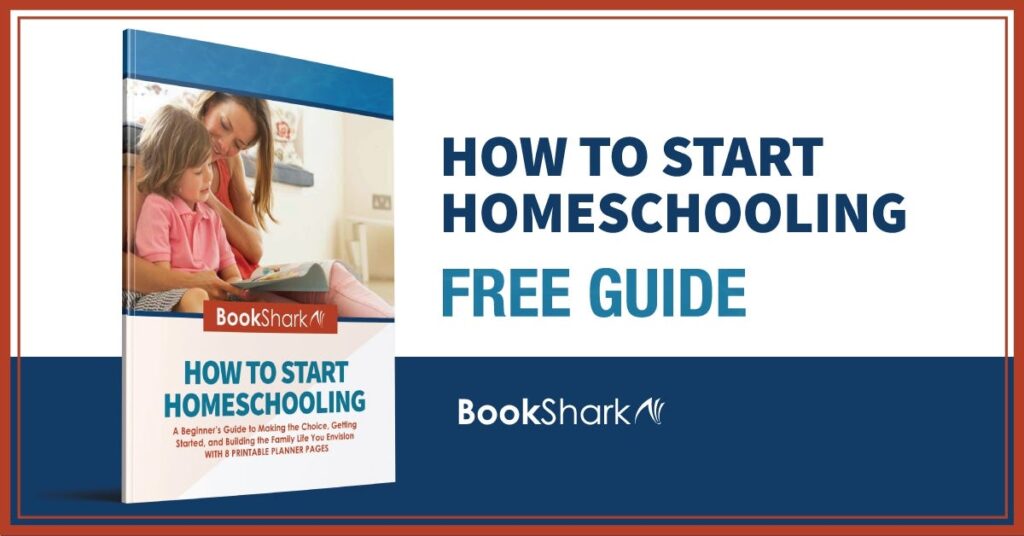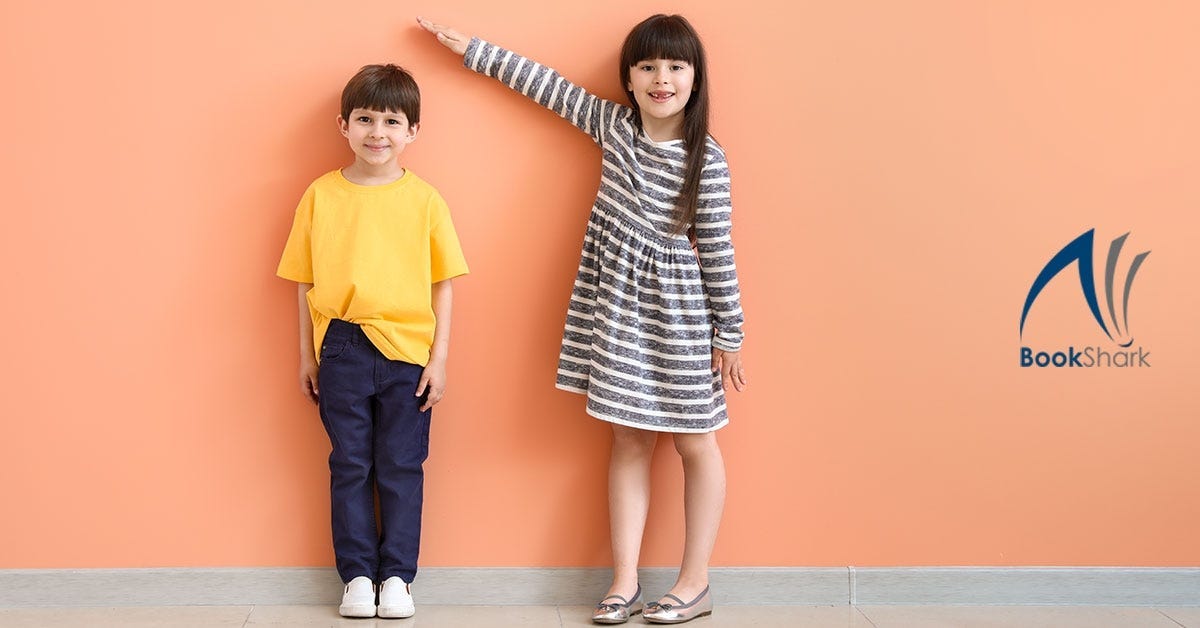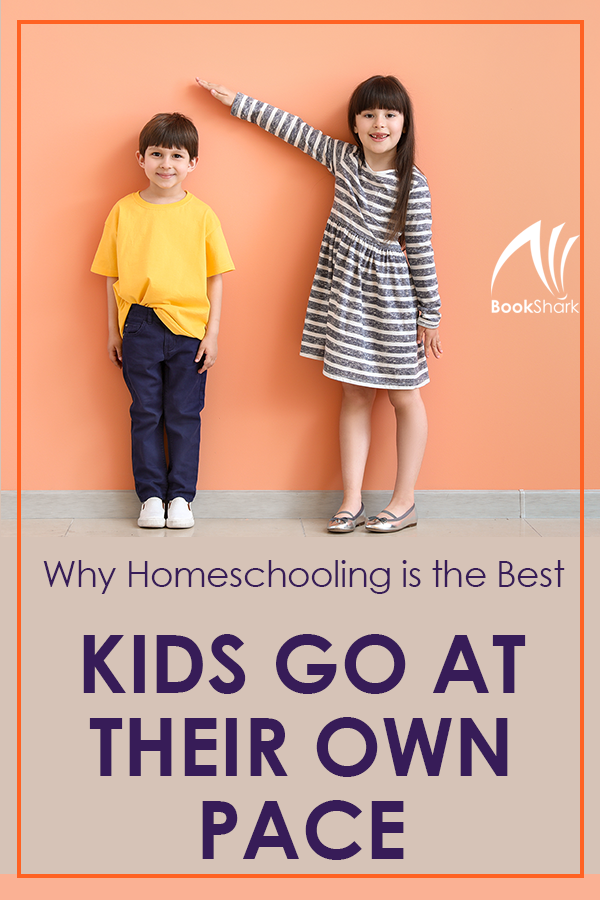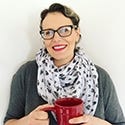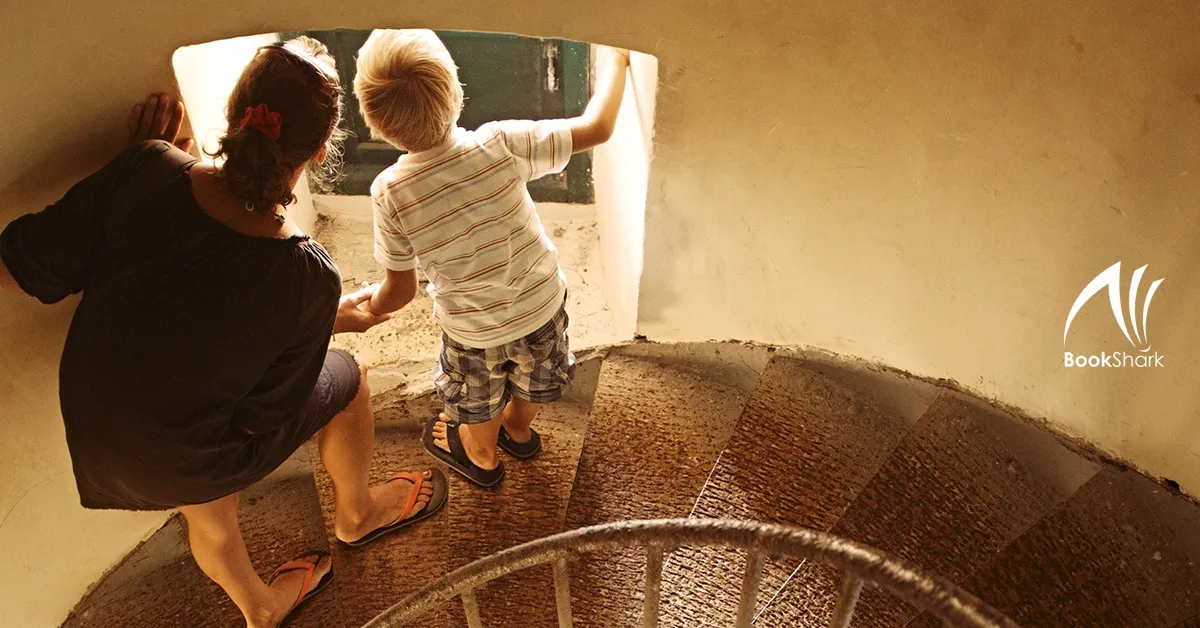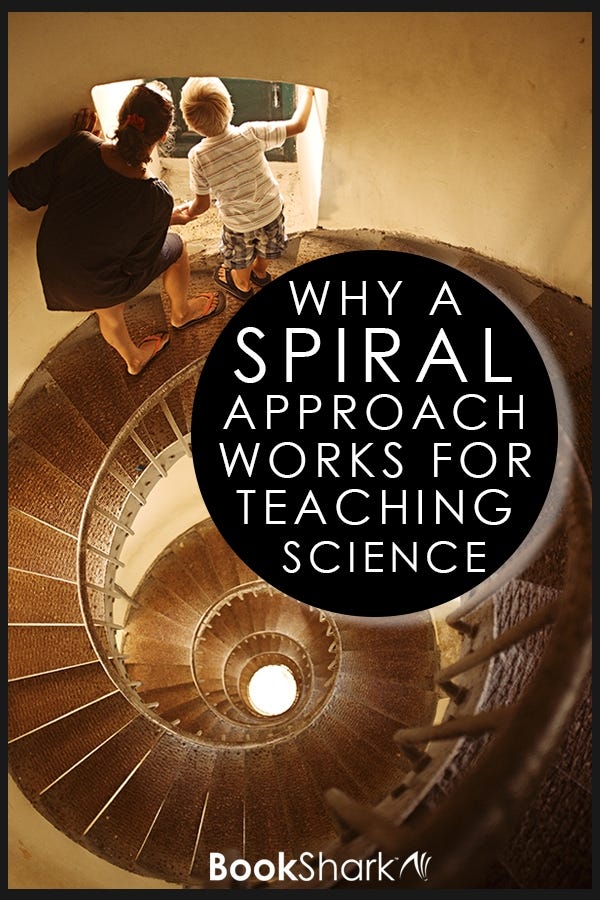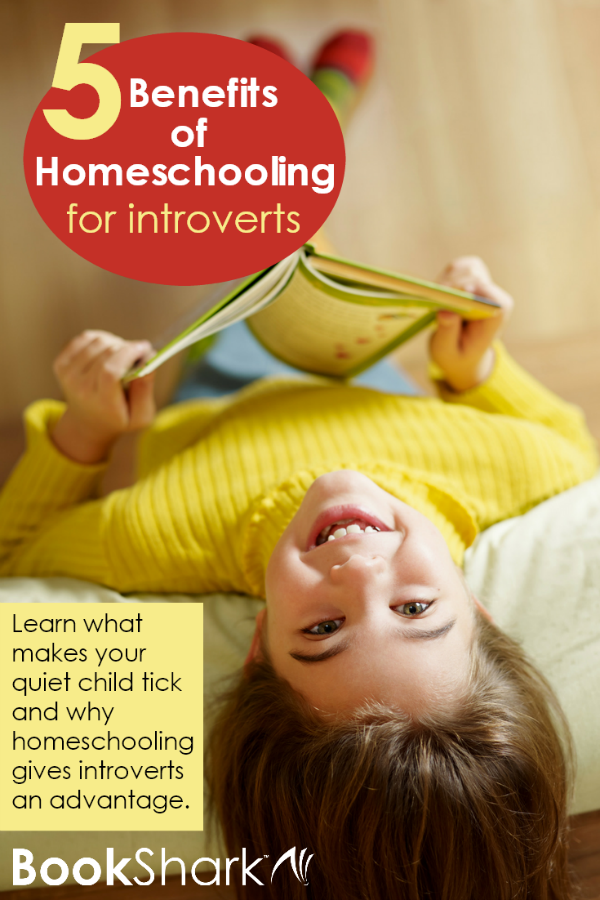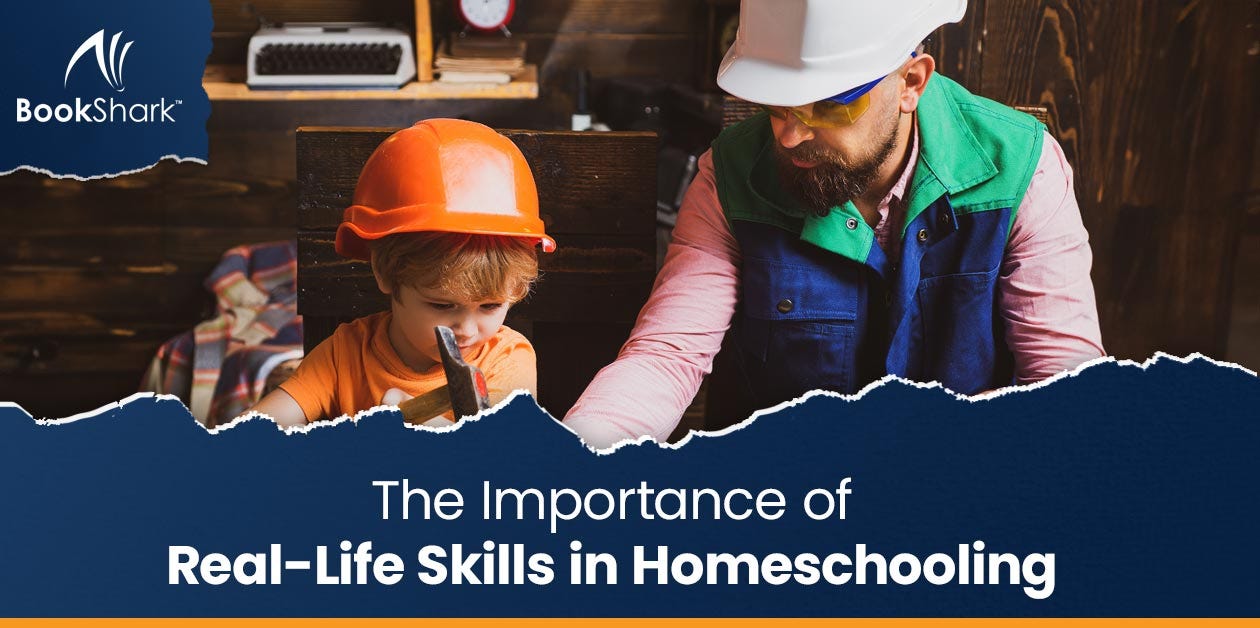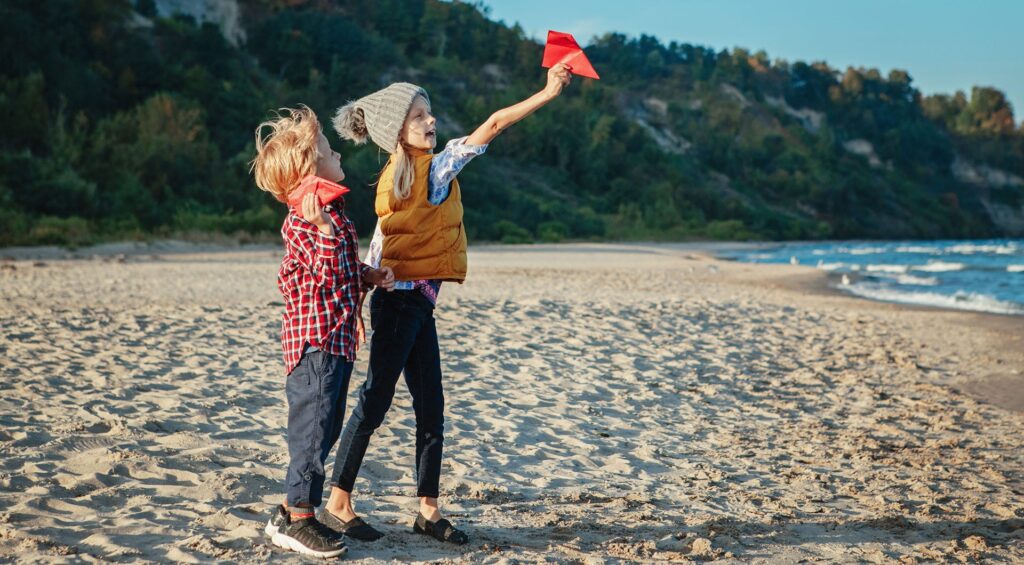Less Bullying and More Individuality
No matter how much we parents would like to deny the existence of bullying in the school system, we can’t. Public schools can be fraught with social issues which children are easily caught up in. If you are concerned for the safety of your child, then homeschooling is a good option to keep them safe. But even more than that, homeschooling is also a way to encourage them to be the best people that they can be. It’s a way to turn differences into superpowers!
The Ugly Truth about Bullying at School
Dosomething.org gives some frightening statistics about bullying in the US education system. Here are some of the most shocking:
- One in five children between the ages of 12 and 18 has been bullied.
- A large number of bullied children skip school because they are afraid.
- Bullied kids often score lower in reading, math, and science.
- Almost half of the kids interviewed were bullied because of perceived differences in them, such as appearance, race, sexual orientation, or disability.
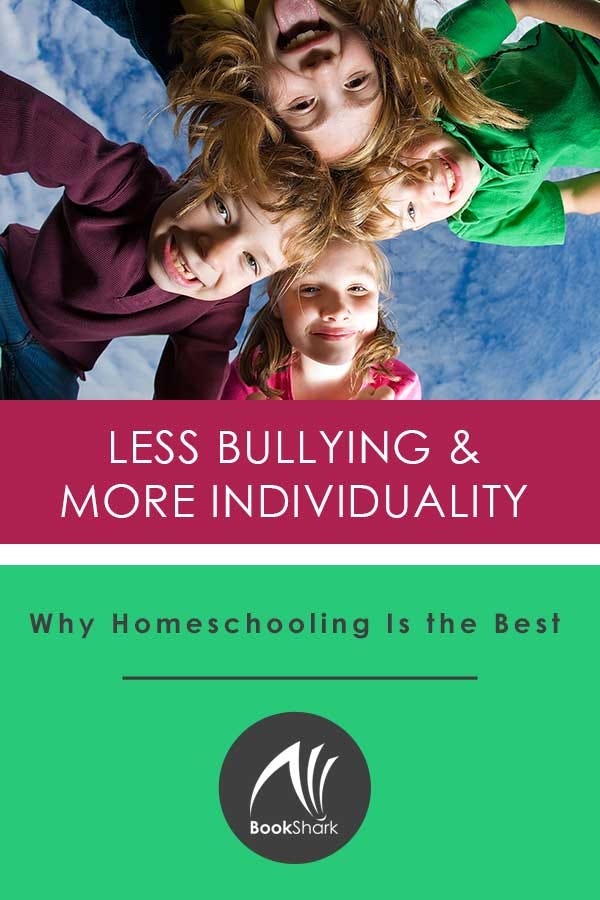
The last point really hit home for me. As the mother of special needs twins, I saw this first hand. During the one year that my children were enrolled in public school, they were bullied. They were only in first grade, so we didn’t want to stick around to see how much worse it could have gotten as they grew up. The bullying was one reason among many why we chose to homeschool our boys.
The Benefits of Encouraging Individuality
Bullying is incredibly destructive and can have long-lasting effects on children. And this is especially true if children are different in a way seen as negative or shameful. These differences can dominate their lives, eventually becoming massive obstacles to overcome, hindering children in reaching their full potential.
But if kids are encouraged and their differences are celebrated, these traits can become advantages and strengths. Encouraging individuality can:
- help kids feel proud of themselves and what makes them different
- free children to be themselves
- encourage them to show the world a unique perspective
- nurture humans who are inclusive by nature
Preparing Our Children for the Future
The working world has changed and will continue to change in the future. The jobs we are doing now might not exist in a decade’s time. This rapid transformation means that the education system also needs to change. Public schools are unfortunately not able to keep up, but homeschooling is a viable option.
By homeschooling, you are able to allow your children to develop their individual strengths without the fear that they might be bullied for them. In addition, with a strong sense of worth and belief in themselves, children will stand out from the crowd. We need these kinds of people in the future—people who can see things in a different way, who are confident and who believe that they can make a difference, because they are different.
We all admire the individuality and boldness of Oprah Winfrey and Elon Musk. So why not encourage our children to think outside the box like those admirable heroes?
Homeschooling is best for protecting children. They are kept safe and secure. But more than that, homeschooling is a place where children can be proud of what makes them different. And I believe the world sorely needs more of these kinds of people.

About Our Author
Charlotte Jones is a multi-tasking mom who works from home. She spends her days blogging at My Little Home School, homeschooling her twins, and teaching English online.
Her home is a small house in a quaint little town on the coast of South Africa. You can often find her swimming in the lagoon or hiking in the forest with her husband, special needs twins, and furbaby.
She loves her family, spending time in nature, running, red lipstick, and drinking too much coffee.


